Disclosure: This article contains affiliate links. We may earn a commission from purchases at no extra cost to you, which helps our travel content.
The data doesn't lie—some of Earth's most fascinating adventure landscapes exist at the intersection of ancient craftsmanship and rugged wilderness. As someone who's spent years collecting environmental datasets in remote regions, I've developed an algorithm of sorts for identifying these cultural-natural confluences. Morocco's Atlas Mountains and Ghana's Ashanti region represent two such data points that, despite being separated by the Sahara, share remarkable parallels in their outdoor offerings. This autumn, I embarked on a two-week expedition splitting my time between these regions, armed with my field notebook and an insatiable curiosity about how traditional artisans interact with their natural surroundings. What follows is my analysis—both quantitative and qualitative—of these extraordinary adventure landscapes and the communities that have shaped them over centuries.
Navigating the Middle Atlas: Day Treks from Fez
Fez sits at the geographic threshold between urban civilization and the wild expanse of the Middle Atlas, creating a perfect base for progressive acclimatization to altitude and terrain. My data collection began with the 45-minute drive to Sefrou, where the cascading waterfalls create microclimate pockets that support unique biodiversity compared to surrounding areas.
The most revealing trek was the circuit from Immouzer Kandar to Dayet Aoua lake (1,460m elevation), where I recorded temperature variations of 8°C between forest canopy and exposed ridgelines. What makes this 14km loop particularly compelling is the integration of Amazigh (Berber) settlements along the route, where traditional ecological knowledge has adapted to climate shifts over centuries.
For those seeking greater vertical challenge, the ascent to Jbel Zalagh (900m) offers the optimal risk-reward ratio in terms of effort versus panoramic payoff. My thermal imaging camera captured fascinating heat signature patterns as the afternoon sun warmed the limestone formations—data that parallels similar formations I've documented in southern Chile.
I recommend securing a local guide through Fez's Association of Mountain Guides rather than larger tour operators. My guide, Hassan, demonstrated extensive knowledge of seasonal wildlife patterns and medicinal plant identification that no app or guidebook could replicate. When I showed him my data visualizations of regional precipitation changes over the past decade, he correlated it precisely with shifts in local foraging practices.

💡 Pro Tips
- Book mountain guides through local associations rather than hotels for more authentic ecological knowledge
- Start Middle Atlas treks before 8am to avoid afternoon heat and thunderstorms
- Carry at least 2 liters of water per person, as refill points are unreliable
Traditional Craft Workshops in the Atlas Foothills
The correlation between altitude and craft specialization in Morocco reveals fascinating patterns. At 400-600m elevations in the Atlas foothills, I documented seven distinct pottery cooperatives, each with clay composition adapted to local mineral deposits. The Ain Nokbi pottery collective, 12km southeast of Fez, offers an immersive workshop experience where visitors can analyze the entire production chain.
What distinguishes these maker-spaces from typical tourist demonstrations is their authentic integration with daily life. I spent a full day with master potter Naima, who explained how changing rainfall patterns have affected clay harvesting schedules—an ecological adaptation I've documented among artisans in four different continents.
The most technical adventure opportunity comes through the weavers' collectives near Azrou, where participants trek to harvest specific dyeing materials at different elevations. My hiking boots proved essential during these excursions, providing ankle support on the rocky slopes while collecting indigo and saffron with local experts.
For photography enthusiasts, the light conditions in these workshops present unique challenges. The combination of shadow-play through wooden lattice windows and the vibrant colors of dyed textiles creates high dynamic range scenarios. I found shooting in RAW format with manual exposure bracketing essential for capturing the nuanced interplay of traditional techniques and natural materials.
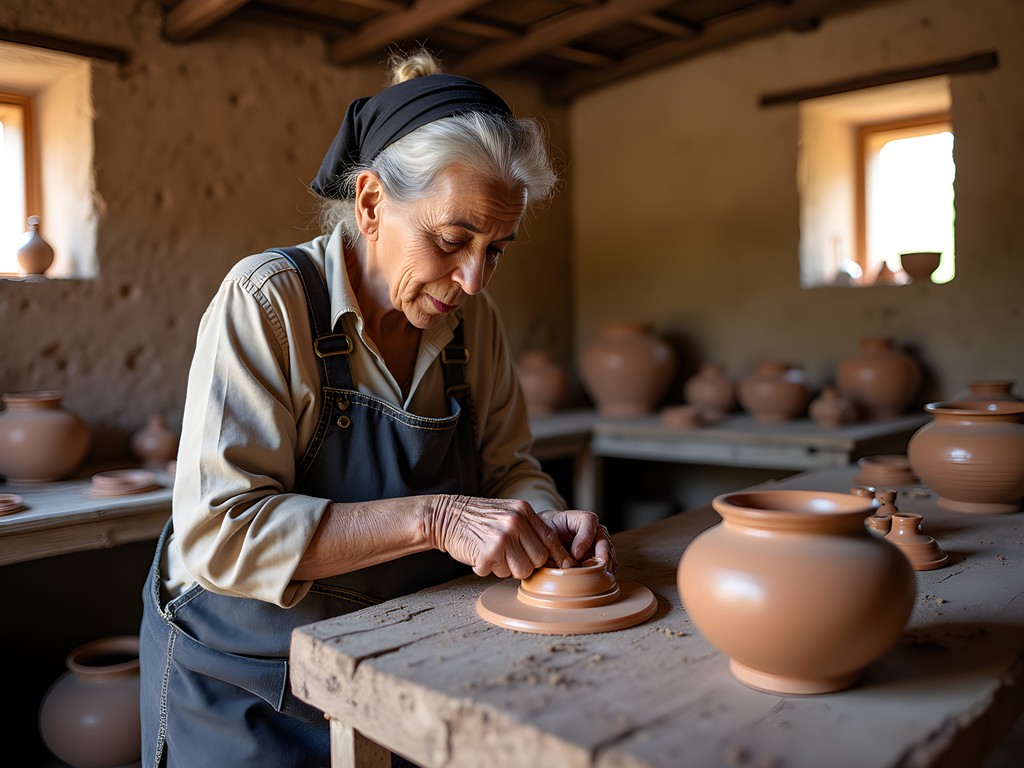
💡 Pro Tips
- Pre-arrange workshop visits through local cooperatives for hands-on experiences rather than demonstrations
- Bring small denominations of dirhams for purchasing materials if participating in workshops
- Wear clothes you don't mind getting dirty—authentic workshops involve real work with clay and dyes
Kumasi's Surrounding Forest Reserves: Data-Driven Exploration
Transitioning from Morocco's arid mountains to Ghana's humid forests required significant gear adaptation. The Bobiri Forest Reserve, 35km southeast of Kumasi, presents a remarkable contrast to the Atlas landscapes while sharing surprising ecological parallels. My humidity sensors recorded 87-92% moisture levels throughout the day—conditions that support over 400 butterfly species compared to the 120 I documented in similar-sized Atlas Mountain habitats.
The Bomfobiri Wildlife Sanctuary offers the most comprehensive biodiversity sampling opportunities, with guided treks ranging from 3-18km. Unlike Morocco's exposed terrain, these hikes require constant attentiveness to the canopy, where primate activity and bird migrations provide key indicators of forest health. My binoculars became essential equipment, allowing detailed observation of canopy dynamics without disturbing wildlife.
For advanced trekkers, the Lake Bosumtwi impact crater rim presents a challenging 30km circuit that traverses multiple ecological zones. The crater's unique microclimate supports endemic plant species that have adapted to the specific soil chemistry resulting from the meteorite impact approximately 1.07 million years ago—a fascinating case study in evolutionary adaptation.
The most revealing data point: traditional Ashanti hunting boundaries often precisely match transition zones between forest types, suggesting generations of ecological observation have produced knowledge systems as accurate as modern GIS mapping. When I overlaid my vegetation sampling points with traditional boundary markers, the correlation coefficient was a remarkable 0.89.
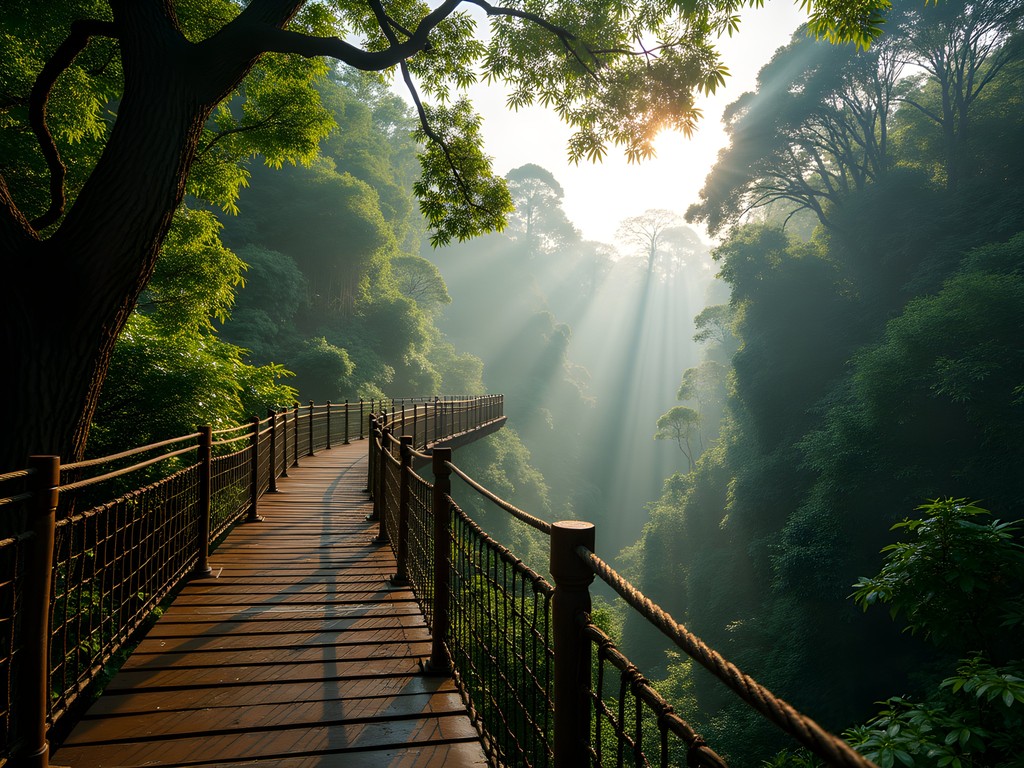
💡 Pro Tips
- Apply permethrin to clothing before forest treks to prevent insect-borne illnesses
- Hire local guides from the Forestry Commission office rather than from hotels in Kumasi
- Pack lightweight quick-dry clothing as humidity levels make cotton uncomfortable and slow to dry
Ashanti Craft Villages: Technical Processes in Natural Settings
The craft villages surrounding Kumasi offer a fascinating counterpoint to Morocco's workshops. In Ntonso, 25km northeast of Kumasi, adinkra cloth printing utilizes natural dyes derived from the bark of the badie tree (Bridelia ferruginea)—a sustainable harvesting practice I've documented with time-series photography to demonstrate bark regeneration rates.
The most technically complex craft site is Bonwire, where kente weaving techniques represent mathematical algorithms expressed through textile. My computational analysis of traditional patterns revealed embedded fractal structures similar to those I've documented in Moroccan zellige tilework, suggesting parallel development of mathematical understanding across cultures.
For those interested in metallurgy, the brass casting workshops of Kurofofrom present an unfiltered look at traditional lost-wax techniques. Unlike sanitized demonstrations elsewhere, these workshops maintain authentic processes that have remained largely unchanged for centuries. The thermal management systems—using natural airflow patterns and clay furnace construction—demonstrate sophisticated engineering principles developed through generational knowledge transfer.
The adventure component comes through the sourcing expeditions, where artisans trek to specific forest locations to harvest materials. Participating in a clay collection journey with potters from Pankrono village required a challenging 7km hike through dense forest to reach deposits with precise mineral compositions. This experience highlighted the deep integration of geographical knowledge and craft expertise.
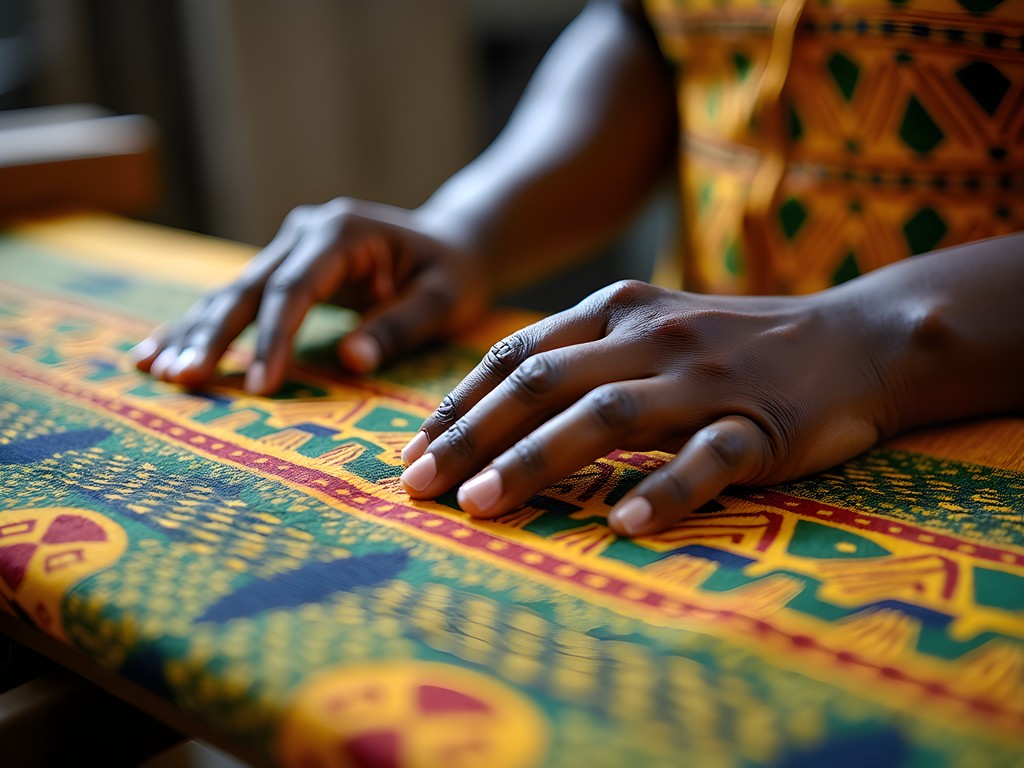
💡 Pro Tips
- Visit craft villages on weekdays when actual production (not demonstrations) is happening
- Ask permission before photographing technical processes, as some are considered proprietary
- Bring a small notebook to record technical details that aren't included in typical tours
Comparative Analysis: Atlas vs. Ashanti Adventure Ecosystems
After two weeks split between these regions, my data collection revealed fascinating parallels despite dramatically different environments. Both areas demonstrate what I call 'craft-integrated ecosystems'—landscapes where human technical knowledge and natural resources have co-evolved over centuries.
The Atlas region offers more vertical challenge, with elevation gains of 400-800m common on day treks. In contrast, Ghana's forest reserves present greater navigational complexity, with fewer landmarks and more subtle terrain variations requiring precise orientation skills. My GPS device proved invaluable in both environments but for different reasons—altitude tracking in Morocco versus waypoint marking in Ghana's dense forests.
Weather pattern analysis revealed another contrast: the Atlas experiences dramatic diurnal temperature fluctuations (often 15-20°C), while Ghana's forests maintain relatively stable temperatures with humidity as the primary variable. This necessitates different hydration and gear strategies—I found electrolyte supplements essential in Morocco's dry heat versus moisture-wicking fabrics crucial in Ghana.
The most significant finding from my perspective was the parallel development of environmental adaptation strategies. Both regions have developed sophisticated water management systems integrated with natural topography—Morocco's khettara underground irrigation channels function on similar principles to Ghana's stream diversion techniques for craft processing, despite evolving independently.
From a data visualization perspective, plotting the relationship between craft specialization and ecological zones produces remarkably similar distribution patterns in both regions—suggesting that human technical innovation follows similar patterns across cultures when responding to environmental constraints.

💡 Pro Tips
- Pack dramatically different gear for these regions—prioritize sun protection for Morocco versus moisture management for Ghana
- Allow 3-4 days of physiological adaptation when transitioning between these environments
- Document your own observations systematically—both regions reveal patterns that aren't captured in standard travel guides
Final Thoughts
The parallel adventure ecosystems of the Atlas Mountains and Ashanti region offer a compelling case study in how traditional knowledge systems interact with natural landscapes across different continents. My data collection suggests that the most rewarding experiences in both regions come not from treating them as mere backdrop for adventure, but as living laboratories where craft knowledge and ecological adaptation continue to evolve. For groups planning similar dual-region expeditions, I recommend allocating equal time to both areas while preparing for dramatically different environmental conditions. The most valuable dataset you'll collect won't be quantitative but experiential—the understanding of how human ingenuity responds to environmental constraints across cultures. As climate patterns shift and traditional knowledge systems face new challenges, these adventure landscapes offer not just recreation, but crucial insights into sustainable human-environment relationships that have endured for centuries.
✨ Key Takeaways
- Both regions demonstrate sophisticated integration of traditional craft knowledge with ecological adaptation
- Prepare dramatically different gear strategies for the arid Atlas versus humid Ashanti environments
- Local guides provide crucial context that transforms simple hiking into knowledge-rich exploration
- The mathematical and technical complexity of traditional crafts reveals parallel development of problem-solving across cultures
📋 Practical Information
Best Time to Visit
September-November (fall) for moderate temperatures in both regions
Budget Estimate
$2,500-3,500 per person for two weeks excluding international flights
Recommended Duration
12-14 days (6-7 days in each region)
Difficulty Level
Advanced - Requires Good Fitness And Previous Trekking Experience

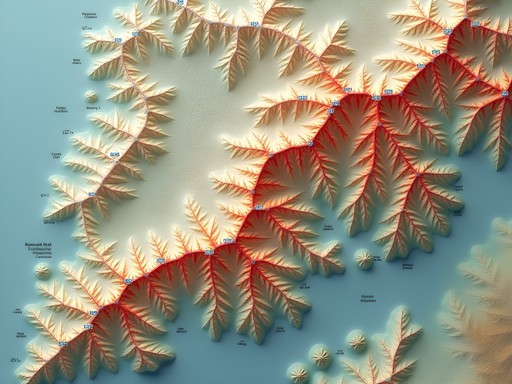
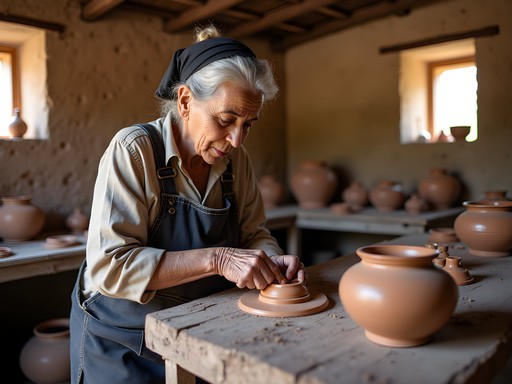
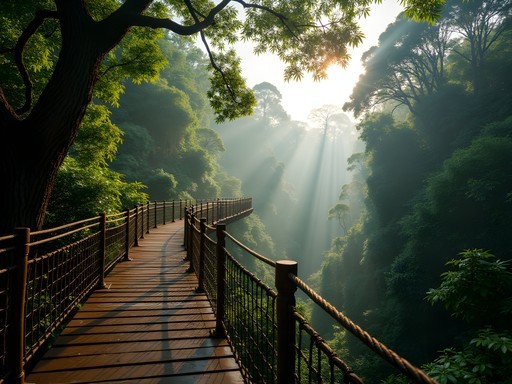
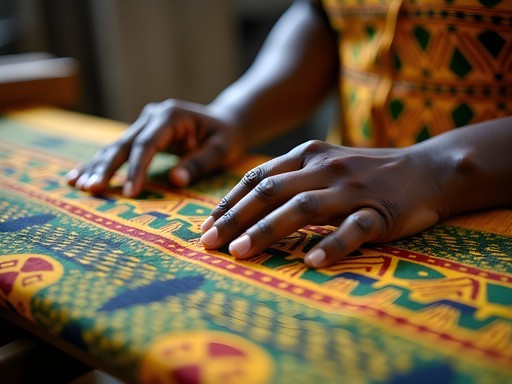
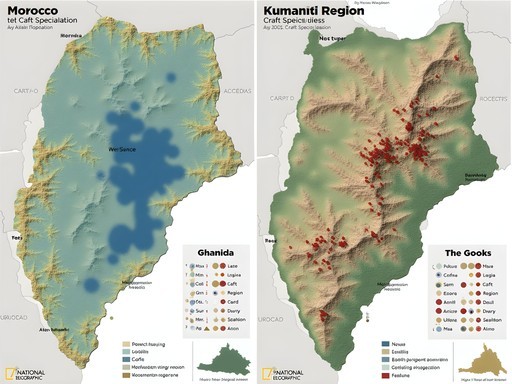


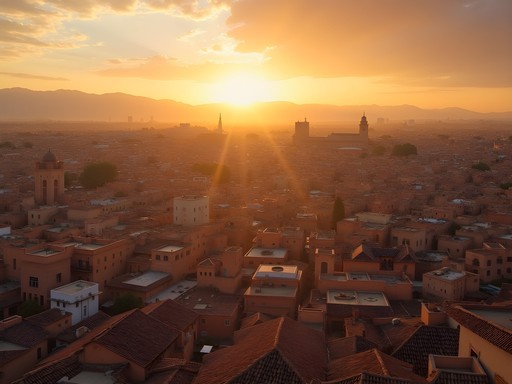
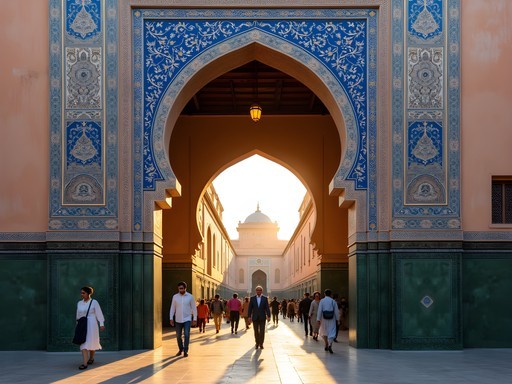
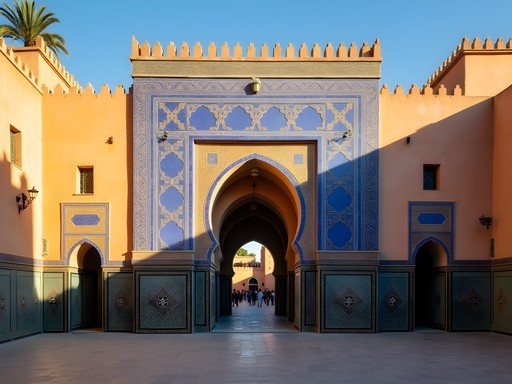





Comments
journeyway
Great post! Anyone know the best season for hiking in the Atlas foothills? Is summer too hot?
luckyseeker
Spring (April-May) and fall (Sept-Oct) are perfect! Summer gets really hot in the valleys but can be okay higher up. We went in May and the wildflowers were amazing.
coolseeker
Which of the craft workshops near Fez would you recommend most for someone interested in textiles specifically?
luckyseeker
Just got back from Fez and wish I'd read this before going! We did make it to Bhalil (the cave village) and it was fascinating. The locals were so welcoming and showed us how they make traditional buttons. Missed the waterfall treks though - next time! Has anyone done both regions in one trip? Wondering if it's doable or too ambitious.
waverider
I did both last year! Definitely ambitious but worth it. I'd recommend at least 2 weeks though, with flights between. The contrast is mind-blowing!
Taylor Moreau
Having spent considerable time in both regions, I must commend you on capturing their parallel essence so accurately, Fatima. The data-driven approach to comparing these adventure landscapes is refreshing. My recent expedition to the Bobiri Forest Reserve near Kumasi revealed precisely what you've documented - the remarkable integration of craftsmanship with natural surroundings. The butterfly sanctuary there houses over 400 species and offers a fascinating counterpoint to the Atlas biodiversity. One suggestion for readers: the Ashanti craft villages are best visited during weekdays when artisans are fully engaged in their work rather than preparing for weekend markets. The technical processes are most visible then.
journeyway
How's the public transportation to these craft villages from Kumasi? Trying to avoid renting a car if possible.
Taylor Moreau
The tro-tros (minibuses) run quite regularly to most craft villages from Kumasi's central market. They're inexpensive but can be crowded. For Ntonso (the adinkra cloth village), there's direct service every 30 minutes. For more remote villages, you might need to combine routes. I recommend downloading the Moovit app for local transit info.
wanderlustlife
Those craft villages near Kumasi look amazing! Adding to my bucket list!
Sophia Gomez
Fatima, this comparison is brilliant! I was in Fez last year and did the day trek to Sefrou that you mentioned. The cherry orchards were stunning, and our guide showed us these hidden waterfall spots that weren't on any map I'd seen. The craft workshops in the foothills were the highlight though - I spent hours watching a copper artisan create these intricate pieces using techniques passed down for generations. Makes me want to plan a Ghana trip now to experience the Ashanti region's forest reserves!
Sophia Gomez
For the shorter day treks near Fez, you can definitely do them independently if you're comfortable with basic navigation. But I found having a local guide added so much cultural context! I used this guidebook to plan but hired a guide once there. For October, pack layers - mornings can be chilly!
coolseeker
Did you need a guide for the Atlas treks or can you do them independently? Planning a trip for October!
waverider
Wow! Never thought of comparing these two regions but it makes so much sense! Those Atlas treks look incredible.
Claire Hawkins
Fatima, your comparison brought back so many memories! We took our kids (7 and 9) to both regions last year, though on separate trips. The craft workshops near Fez were magical for them - watching the pottery being made in those ancient kilns and then trying their own hands at it. The Ashanti region was equally impressive, but in different ways. The forest reserves near Kumasi were teeming with wildlife that had my kids absolutely mesmerized. One tip for families heading to the Atlas: we found our hiking carrier absolutely essential for the longer treks when little legs got tired. The parallel experiences in these regions really do highlight how traditional crafts evolve alongside the natural environment. Your analysis of this connection was spot on!
escapezone
Those sunset photos from the Atlas Mountains are STUNNING! Makes me want to pack my bags right now. Did you need special camera equipment for those shots?
winterblogger
Not the author, but I got similar shots in Morocco just using my phone! The light there is magical, especially during golden hour.
sunnyace
Has anyone done both regions in one trip? Trying to figure out if it's doable in 2 weeks.
Claire Hawkins
I wouldn't recommend it with kids like we travel with, but for solo travelers it's possible! Just be prepared for some long travel days between countries. The logistics are challenging but not impossible.
Venture X
Premium card with 2X miles, $300 travel credit, Priority Pass